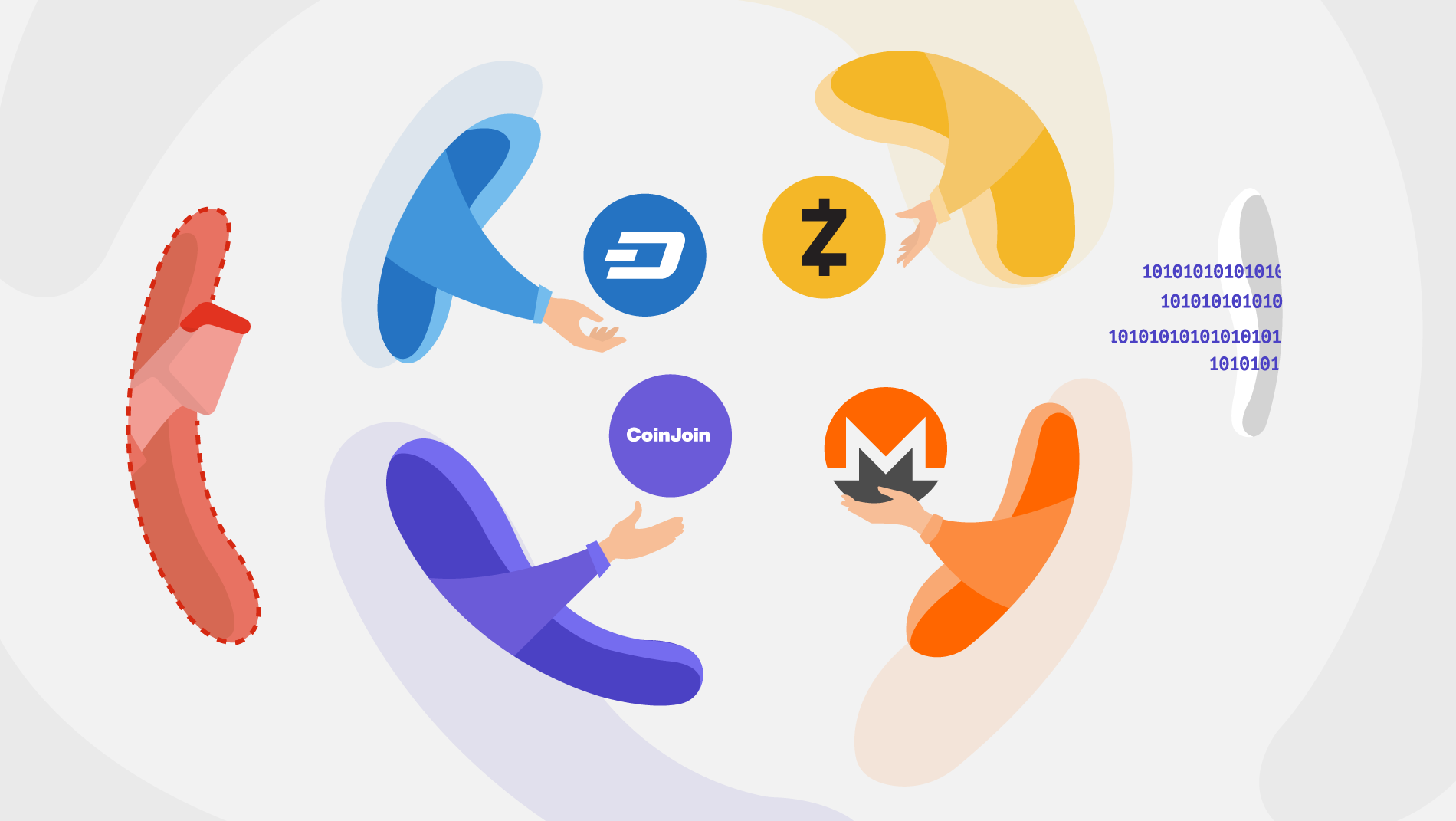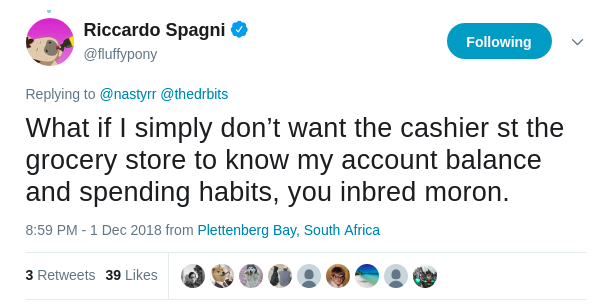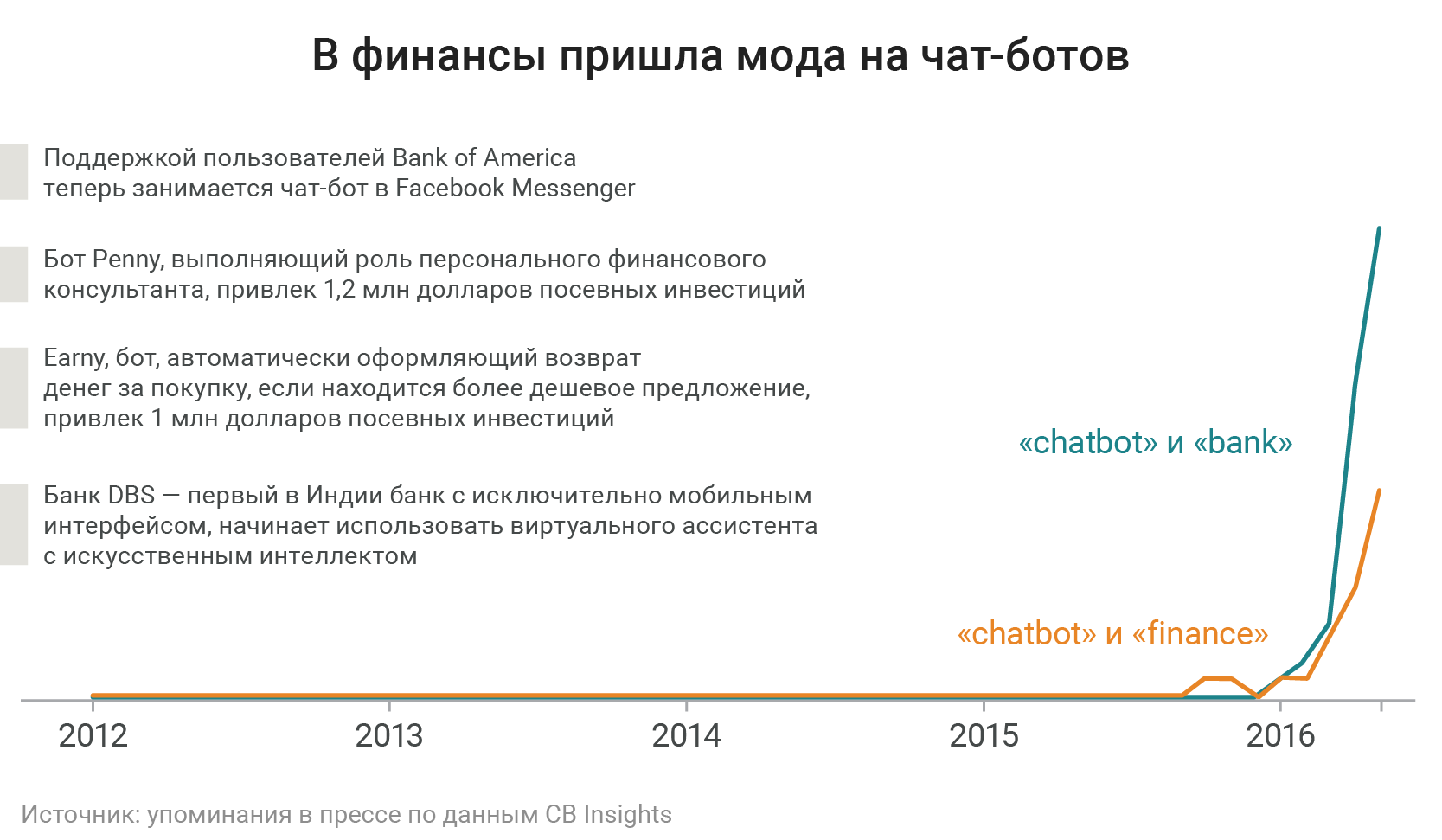Управление секретами и почему это так важно для нас?
Привет! Меня зовут Евгений, я работаю на позиции Lead DevOps в EXANTE. В этой статье мы разберем жизненный опыт сетапа high availability Hashicorp Vault с gcp storage backend и autounseal в k8s.
Некоторое время назад наша инфраструктура состояла из тысяч виртуальных и железных машин, на которых были размещены наши легаси сервисы. На эти машины, частично руками, частично при помощи chef, распространялись конфигурационные файлы с уже вписанными секретами в открытом виде.
По целому ряду причин, включающих в себя ускорение процессов доставки кода, обеспечение беспрерывности доставки и безопасного хранения секретов, а также ускорение развертывания новых приложений и окружений, было принято решение о смене стратегии компании.
Мы решили сделать наш продукт cloud native, и для этого нужно было изменить подход к разработке и инфраструктуре, провести рефакторинг наших легаси сервисов, начать двигаться в сторону микросервисной архитектуры, разворачивать сервисы в cloud k8s, использовать managed ресурсы (redis, postgres).
В наших реалиях под изменения попасть должно было все – от приложений и инфраструктуры до методов распространения конфигов и секретов. В качестве облачного провайдера был выбран Google, а хранилищем секретов был выбран Hashicorp Vault. На данный момент мы довольно успешно прошли большую часть пути.
Почему Hashicorp Vault?
У нас есть несколько причин:

















